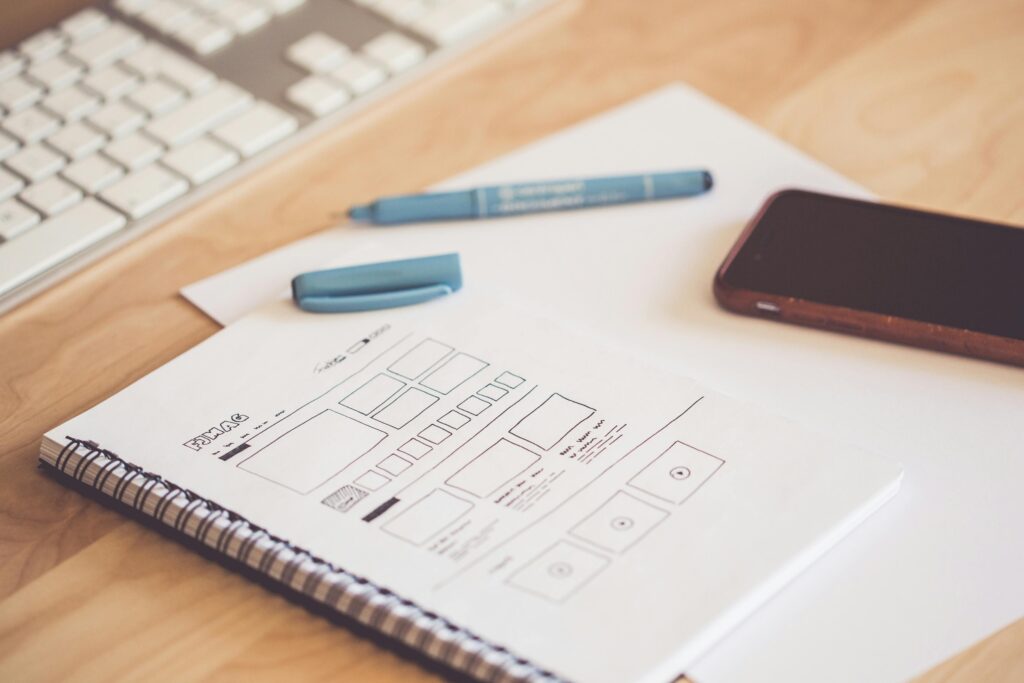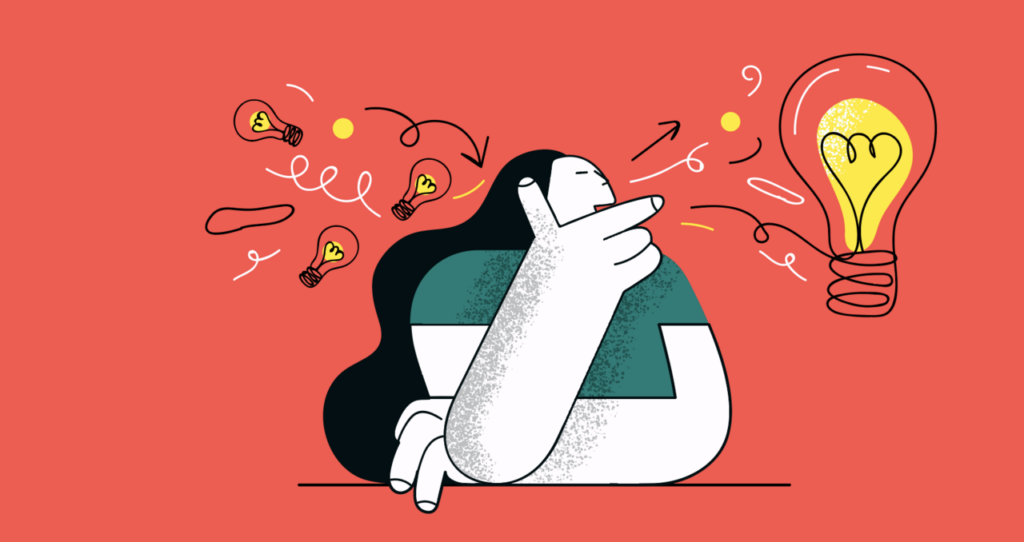
Imagine a world where the products we depend on are created without considering the true needs, context, or emotions of the users. In this scenario, these products would likely cause confusion and frustration as they would not align with the real-life situations in which they are used. Instead of enjoying seamless and intuitive interactions, users would face difficulties navigating systems that feel out of touch with their expectations and desires.
As a result, many users would be unable to accomplish their intended tasks, leaving them disappointed with tools that were meant to improve their lives but instead created obstacles.
Introduction to UX Design
UX Design (User Experience) refers to how individuals interact with a product, whether physical or digital. This includes everything from the everyday items we use, like smartphones and appliances, to the software applications we depend on for work, communication, and entertainment. Each interaction with these products shapes the overall user experience.
UX Design is the intentional process of creating and improving products and services to ensure they follow core principles of good design. This involves ensuring that a product is not only functional – serving its intended purpose – but also easy to use, meaning it is intuitive and straightforward to navigate.
Furthermore, UX design strives to create experiences that are enjoyable, promoting user satisfaction and engagement, while also being accessible, ensuring that people with all abilities can interact with the product effortlessly.
The ultimate aim of UX Design is to enhance the overall experience, making it as efficient, enjoyable, and inclusive as possible for every user.

Here are a few clear examples of poor user experience design:
Oven Controls: Users must press a button multiple times – exactly ten times -to reach the maximum temperature, which is a cumbersome and inefficient process.
Appointment Booking: When scheduling an appointment, users must scroll through a long list of locations without the option to search, making the process tedious and frustrating.
Form Design: In a poorly designed form, all fields are displayed at once without any clear structure, overwhelming users and making it hard to navigate the form efficiently.
Design Thinking
To create products or features that truly meet the needs of our end users, it’s essential to start with the right mindset and approach. This involves moving beyond assumptions about what users might want and instead deeply understanding their needs, pain points, and the context in which they will interact with the product.
A user-centered mindset, combined with empathy and strategy, is key to developing solutions that are not only functional but also meaningful and impactful. By continuously gathering and prioritizing user feedback throughout the process, we ensure the product will add real value and meet the expectations of the people who will use it.
The Design Thinking framework is a valuable tool in this process. It’s an iterative, user-centric approach to problem-solving that focuses on understanding users’ needs, goals, and frustrations. This method emphasizes empathy, allowing designers to create solutions that not only address challenges but also resonate with the people they serve.
By fostering creativity and simplicity, Design Thinking encourages teams to develop innovative solutions to complex problems, ensuring the end product is both effective and aligned with user expectations. It’s a powerful approach for turning abstract challenges into concrete, human-centered solutions.
Design Thinking stages
The Design Thinking framework consists of five stages, each focusing on a unique aspect of the design journey – from understanding user needs to testing and refining the final product.
Empathize
Great design starts with understanding users’ needs, motivations, and emotions, which is best achieved through thorough user research. This foundational stage is typically led by UX designers and product teams. Insights gained here help in crafting clear personas and user stories. For further insights, explore user research articles from the Interaction Design platform.
Define
This stage focuses on articulating the user needs identified during the empathize phase. Artifacts like problem statements are created to clearly define the challenges. This phase also involves prioritizing which issues to tackle first, done in collaboration between UX designers and the product team.
Ideate
The ideation phase is dedicated to brainstorming a wide variety of creative solutions to the identified problems. The goal is to generate a broad range of potential ideas, which will later be narrowed down and refined. This stage is carried out with the development team, facilitated by UX designers.
Prototype
In this stage, ideas are visualized and represented through sketches or digital designs using UX design tools. The aim is to create a tangible prototype that illustrates a specific user flow discussed in the ideation phase. Common tools used in prototyping include Figma, AdobeXD, and Balsamiq.
Test
Testing is focused on gathering feedback from end users, stakeholders, product owners, and the development team by allowing them to interact with the functional prototype. Based on their input, UX designers refine and adjust the prototype to better meet user needs. More information about this stage can be found in articles from the NN Group.
This iterative process ensures that each design is thoughtfully refined and aligned with user needs, fostering continuous improvement and innovation.

Design Driven Development
Incorporating UX design into the development process is more than just improving the visual aesthetics of user interfaces; it’s about ensuring that the products and features we create truly address the needs of the users.
By putting user experience at the forefront, we not only align with business goals but also ensure that our end users feel heard and valued, as their needs are effectively met. This approach drives both user satisfaction and business success, creating a win-win situation where everyone’s objectives are fulfilled.
UX Design before coding
Prioritizing UX design before starting the coding phase is essential to ensure the product or feature aligns with user needs. UX design serves as a blueprint for crafting a user-friendly experience, outlining key elements such as:
- Information architecture including intuitive navigation and clear sitemaps
- User flows that facilitate smooth interactions
- Interaction design that improves usability
- UI elements that maintain visual cohesion
By focusing on UX design early, we can identify potential problems right away, addressing them during the design phase rather than later during development. This proactive approach not only saves time and resources but also guarantees that the final product is optimized for user satisfaction and efficiency.
UX Design & Development using agile methodology
In Agile software development, roles are assigned based on each team member’s expertise. During a sprint, the primary focus is typically on development and testing to ensure the delivery of products and features.
Here’s a simple way to integrate UX activities into the development process:
Defining a clear UX process
UX work is an important aspect of the Agile development process. A team member with strong UX design skills can ensure that user experience is seamlessly integrated into the project.
Creating UX work items
These items should be detailed enough to guide the development of wireframes and user interactions for specific features or services.
Estimating and prioritizing UX work items
UX tasks should be estimated and prioritized to ensure they align with the product’s overall roadmap.
Design before coding
Finalizing and gaining approval for designs from key users, product owners, and stakeholders before implementing core functionalities ensures that we leverage the benefits of a well-structured UX process.
Benefits of UX Design
- Enhanced User Satisfaction: UX design puts the needs and preferences of the end user at the forefront, ensuring the product is intuitive, easy to navigate, and enjoyable to interact with.
- Improved Customer Satisfaction: When a product is easy to use, visually appealing, and meets the users’ needs, it fosters positive perceptions of the brand. Satisfied customers are not only more likely to continue using the product, but they may also recommend it to others. Focusing on user experience helps companies build strong, long-term customer relationships.
- Better Team Collaboration and Innovation: Integrating UX into the development process promotes a culture of cross-functional collaboration, where ideas from both design and technical teams can be openly shared, fostering innovation.
- Clearer Functionalities and Processes: UX design simplifies the functionalities and processes of a product, ensuring users can easily understand how to interact with it. This leads to smoother experiences, greater efficiency, and less reliance on support, as users can easily complete tasks without guidance.
- Cost and Time Efficiency: Addressing UX issues early in the development process helps avoid costly changes later. By identifying design flaws before launch, teams can prevent rework and ensure that the product is both user-friendly and technically sound, saving time and resources.
Final thoughts
Imagine a world where products are created with true empathy, with the needs of users at the core of the design process.
In this world, users effortlessly accomplish their goals, feeling understood and valued. Their interactions with products are smooth and efficient. In a competitive market, products that focus on delivering outstanding user experiences naturally stand out, contributing to business success.
Today, incorporating UX design into the development process is not a luxury – it’s a necessity for building products that are both user-centered and successful. By integrating UX considerations throughout the development journey, teams can ensure that the final product meets business goals while providing a seamless and intuitive user experience.